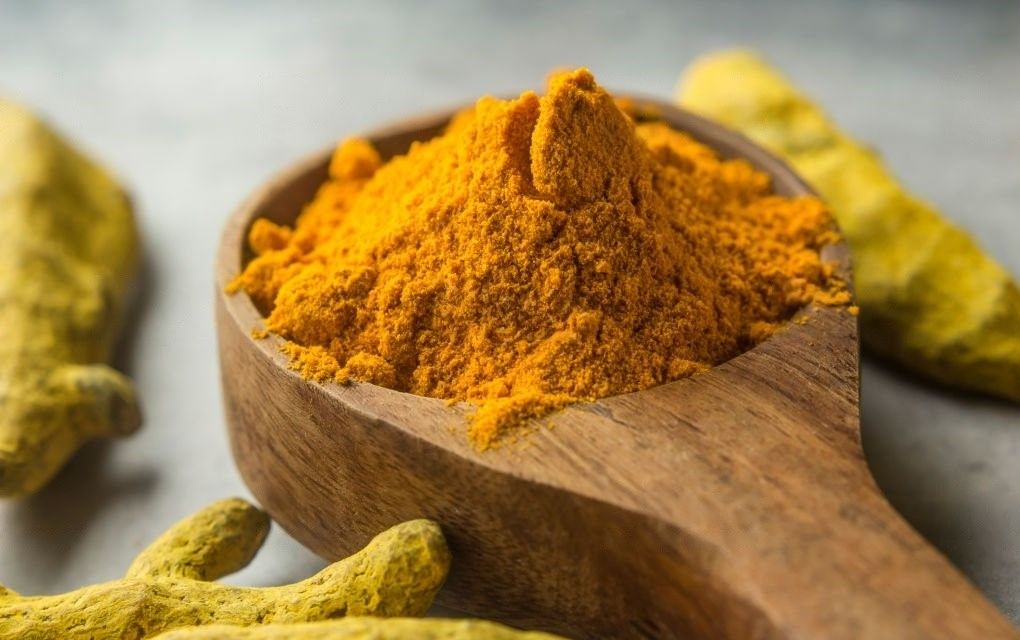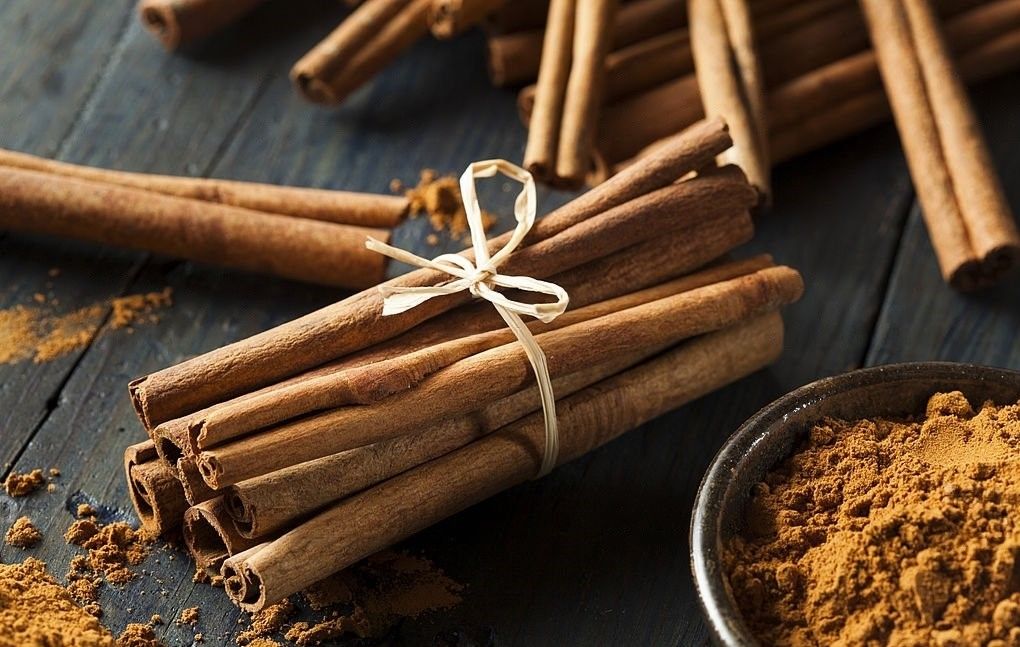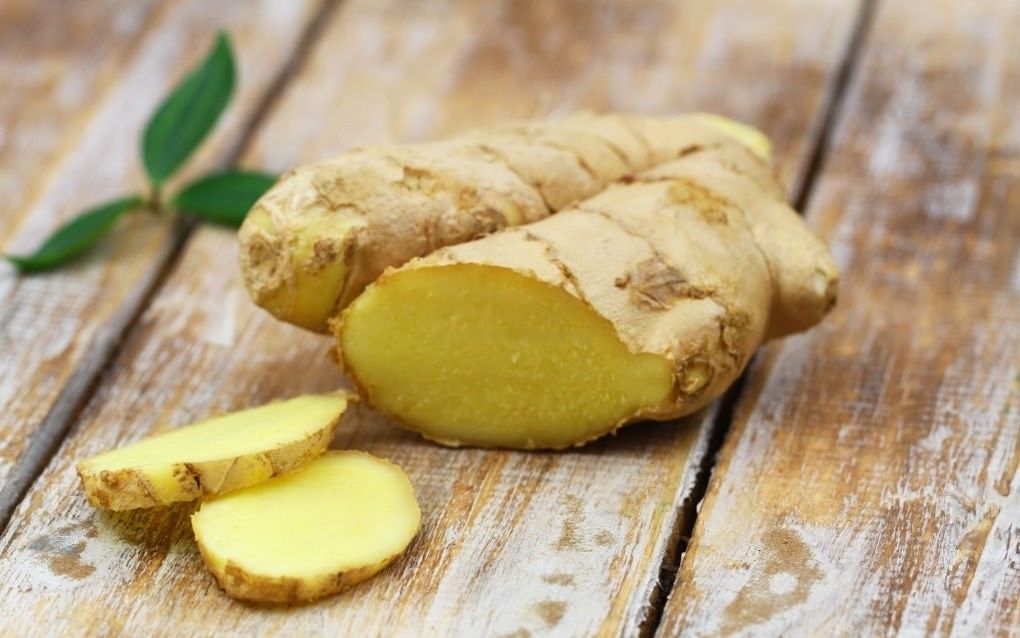Spice Up Your Weight Loss Journey: The Role of Spices in Boosting Metabolism
The spices can boost thermogenesis, insulin sensitivity, blood sugar regulation, and feelings of fullness.

Weight loss is a common goal for many individuals striving to improve their overall health and well-being. While diet and exercise are crucial components of a successful weight loss journey, certain natural ingredients can play a significant role in boosting metabolism and aiding in weight management. In this blog, we explore the potential of Indian spices in enhancing metabolism and supporting weight loss efforts. These flavorful additions to your meals not only bring taste and aroma but also offer a range of health benefits backed by scientific research.
1.Turmeric: A Metabolism-Boosting Wonder
Turmeric, a vibrant yellow spice widely used in Indian cuisine, contains an active compound called curcumin. Curcumin has been found to possess anti-inflammatory properties and can potentially enhance metabolism, leading to improved weight management.
Curcumin has been shown to increase thermogenesis, the process by which the body generates heat and burns calories. It can also potentially regulate fat tissue growth, reduce inflammation, and improve insulin sensitivity, all of which contribute to a healthier metabolism.

2. Cinnamon: A Sweet Spice with Metabolic Benefits
Cinnamon is a popular spice known for its warm and sweet flavor. Besides adding a delightful taste to dishes, cinnamon has been associated with several metabolic benefits, making it a valuable addition to a weight loss diet.
Cinnamon has been found to enhance insulin sensitivity, which plays a crucial role in maintaining balanced blood sugar levels. By improving insulin sensitivity, cinnamon can aid in preventing insulin spikes and regulating blood sugar levels, ultimately supporting weight management efforts.

3. Black Pepper: Adding Spice to Your Metabolism
Black pepper, a staple spice in Indian cooking, is not only used for its pungent flavor but also offers potential metabolic benefits. Piperine, the active compound in black pepper, has been studied for its impact on metabolism and weight regulation.
Piperine has been shown to have thermogenic properties, which means it can increase the production of heat in the body and potentially enhance calorie burning. It may also inhibit the formation of new fat cells and improve fat metabolism, contributing to weight management.

4. Ginger: A Zesty Spice for Weight Loss
Ginger, with its distinctive zesty flavor, has been used for centuries in traditional medicine for its various health benefits. It also offers potential advantages when it comes to weight loss and metabolism.
Ginger has been found to increase thermogenesis and boost metabolism, leading to increased calorie burning. It may also aid in reducing hunger cravings and promoting feelings of fullness, thus supporting portion control and overall weight management.

SUMMARY
Incorporating Indian spices into your meals not only adds flavor and aroma but also offers potential metabolic benefits. Turmeric, cinnamon, black pepper, and ginger have been scientifically studied for their impact on metabolism and weight management. These spices can enhance thermogenesis, improve insulin sensitivity, regulate blood sugar levels, and promote feelings of fullness. However, it's important to remember that spices alone are not a magic solution for weight loss. They should be incorporated into a balanced diet and combined with regular exercise for optimal results.
Jayti Shah is a Clinical Nutritionist with a master's degree in Clinical Nutrition and Dietetics. She is a member of the Indian Dietetic Association (IDA). Over the last 9 years, she has helped 400 clients in their clinical and weight loss journeys. She works with SocialBoat as a nutrition consultant.
At SocialBoat, we offer custom diet plans and guided workouts to help you achieve your goals in a 360-degree approach. Our gamified experience ensures that you don’t find workouts boring and we reward you for being consistent with your efforts.

REFERENCES
- Atal, S., & Atal, S. (2017). Piperine: A comprehensive review of its neuroprotective mechanisms. Journal of Food and Drug Analysis, 25(3), 494-502.
- Mansour, M. S., Ni, Y. M., Roberts, A. L., Kelleman, M., RoyChoudhury, A., & St-Onge, M. P. (2012). Ginger consumption enhances the thermic effect of food and promotes feelings of satiety without affecting metabolic and hormonal parameters in overweight men: A pilot study. Metabolism, 61(10), 1347-1352.
- Mozaffari-Khosravi, H., Talaei, B., Jalali, B. A., Najarzadeh, A., & Mozayan, M. R. (2014). The effect of ginger powder supplementation on insulin resistance and glycemic indices in patients with type 2 diabetes: A randomized, double-blind, placebo-controlled trial. Complementary Therapies in Medicine, 22(1), 9-16.
- Ranasinghe, P., Jayawardana, R., Galappaththy, P., & Constantine, G. R. (2013). Effects of Cinnamomum zeylanicum (Ceylon cinnamon) on blood glucose and lipids in a diabetic and healthy rat model. Pharmacognosy Research, 5(2), 61-66.
- Rahman, M. A., Hosen, I., Islam, M. T., Shekhar, H. U., & Islam, M. R. (2018). Oxidative stress and human health. Advances in Bioscience and Clinical Medicine, 6(1), 1-5.
- Shishehbor, F., Behroozi, J., & Moini, A. (2018). Cinnamon consumption and lipid profile: A systematic review and meta-analysis of randomized controlled trials. Clinical Nutrition, 37(2), 433-443.
- Aggarwal, B. B., Yuan, W., Li, S., & Gupta, S. C. (2013). Curcumin-free turmeric exhibits anti-inflammatory and anticancer activities: Identification of novel components of turmeric. Molecular Nutrition & Food Research, 57(9), 1529-1542.
